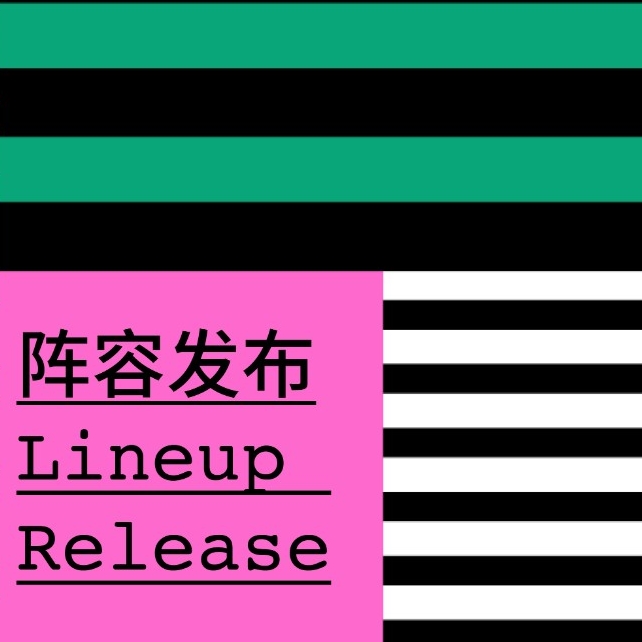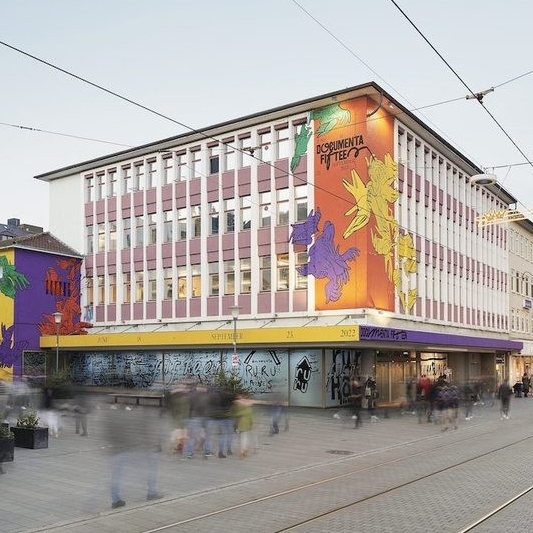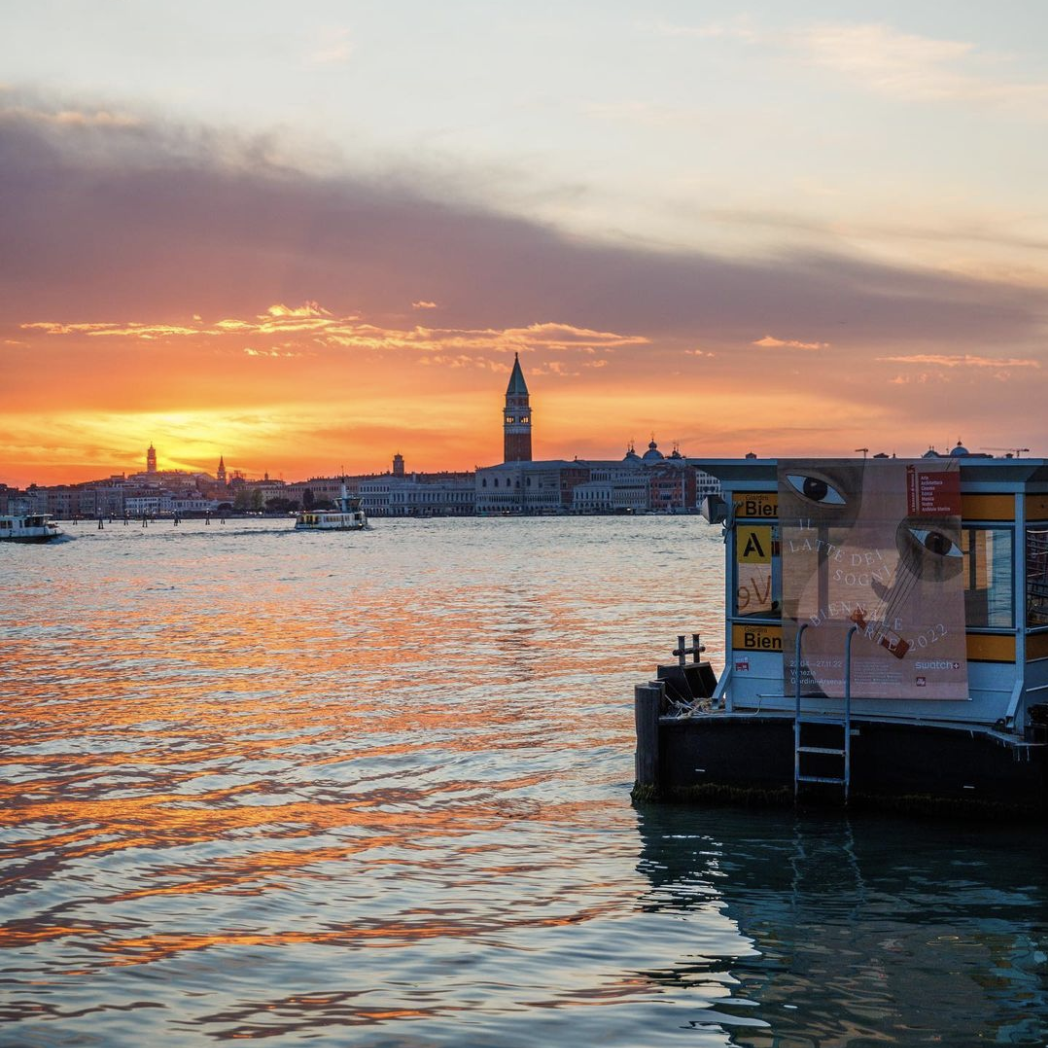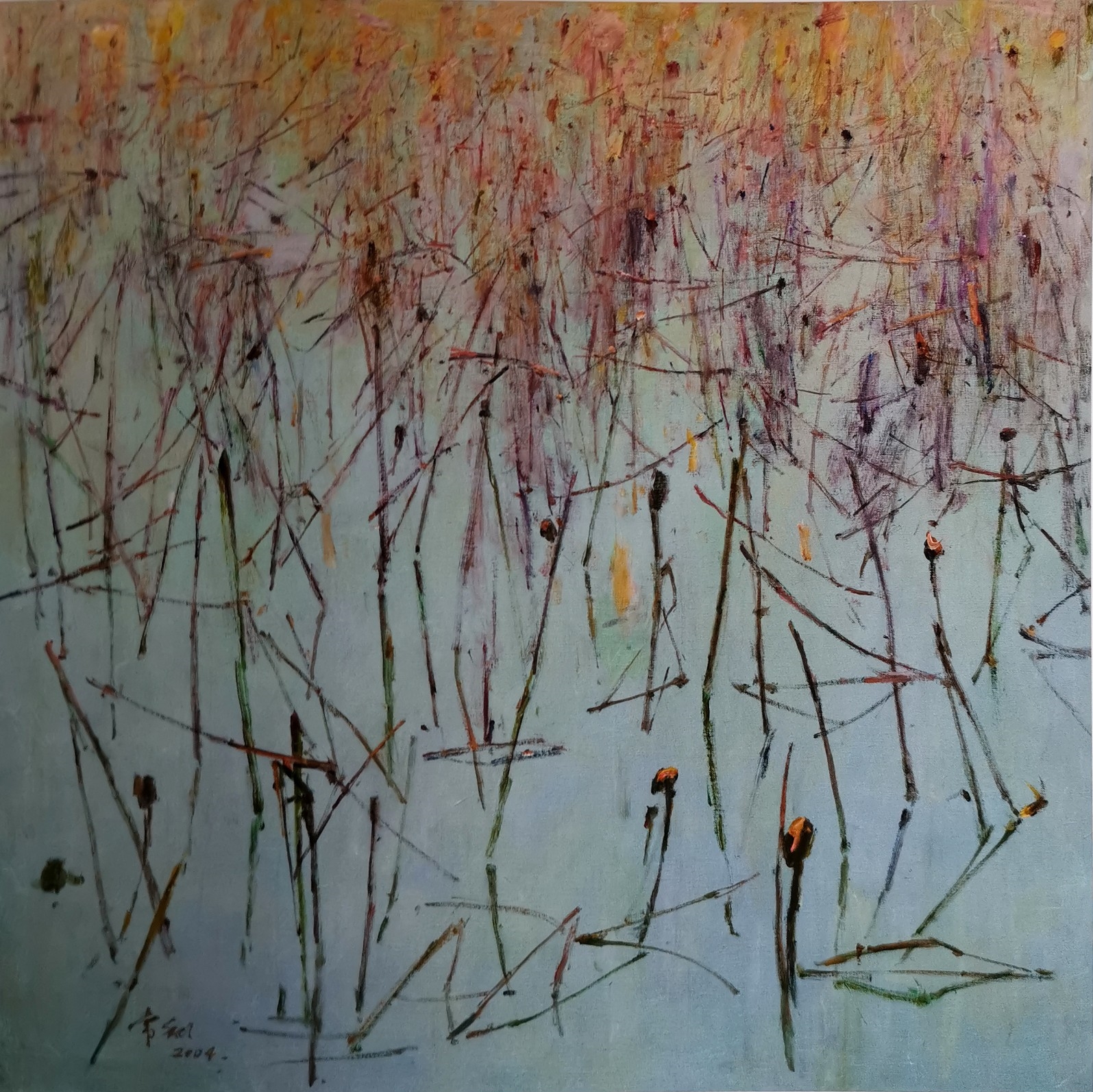
Hive Center for Contemporary Art (Beijing) is honored to announce that Déjà vu: Painting as the Art of Signification, a large-scale group exhibition will be presented at all exhibition halls from September 1st. Focusing on painting itself, this exhibition invited 29 artists of all ages who got much attention in contemporary art field to attend and to explore the artist's narrative rules related to painting in different styles and systems. The exhibition curated by cutators Yang Jian, Yu Fei, Zhao Xiaodan from Hive Center, and the exhibition will continue until October 7th ,2018.
Painting, as a time-honored traditional mode of depiction, has been confronted with questions and challenges in the current context, especially in this age of luxuriant and endless genres of art. This is as big a challenge for painting as that at the birth of photography which greatly changed the public’s ideas towards images and thus brought quite an impact on painting, a genre that had been taken mostly as an approach to depict nature. Modernist art has initiated the quest for the uniqueness of painting and advocated that the focus of painting has shifted to the relation between the two-dimensional plane and a painter’s presence and traces such as his brushwork and coloring. This group exhibition is an attempt to explore the artists’ painting-related rules of narration in different styles and systems, instead of a simple presentation of works of a common theme or similar medium. The 29 artists selected for the show have been observed by Hive Center for Contemporary Art for a long term, with their ages covering a certain span of time, including those established artists who have had their personal history built and the emerging artists who are weaving their own worlds and experimenting on diverse subjects. As a context inhabited by all contemporary painters, this exhibition is not constructing any uni-structural community, but exploring the existence or possibility of a parallel concept, verbally based and available, for the ontology of image when in reference to visual aesthetic experiences and verbal description.
Apparently, in terms of visual standards, “déjà vu” has to do with the synaesthesia accessible through the quality of a painting. “Signification” here, a term borrowed from linguistics, originally refers to the connection between the signifier and the signified in a language. However, instead of strictly following the original meaning, the exhibition highlights the connotations radiating and transferred from the concept. This is, in fact, the biggest problem facing the ontology of painting in China; to put it more specifically, what types of symbolization and approaches should be adopted to develop the connections with tradition and personal experience? Currently, the artist is required to create a type of clue in the visual system or the painting per se for the audience, in the process of viewing, to relate to the degree of arbitrariness between the signifier and the signified, and to see if they agree with the visual aesthetics of the painting by examining the strictness of logic in play. This is no doubt an attempt to connect with the comprehensive aesthetic standards in modern times, and to put painting back to its inherent system instead of the traditional pedigree of “ethnology”.
It should be noted that the concept, as a reminder, is not taken to nullify the meaning of an image through language. It is instead a rational part based on the making of a painting. For instance, different modules set for the exhibition are all designed to screen the works for the signs of different mediums that concern literariness, historical tradition, individual aesthetic experience, etc. In the form of a self-consistent logic series, these very signs constitute the entire structure of a painting. What’s important here is not depiction but the quest for unique ways of narration in the distinguishable similarities, or, in another word, narrations deviated from the conventional mainstream narrations that describe the scene of figurative styles, and the making of a sort of diversity in interpretation and meaning-generation amid new circumstances. To conclude, this group exhibition intends to find potential structural rules of new narrative features by analyzing what’s implied by the presence and traces of artists, or specifically, the signs in paintings including but not limited to the deviation and the source-tracing.
About the exhibition
Co-curated by: Yang Jian, Yu Fei, Zhao Xiaodan
Opening: 2018.9.1 16: 00
Exhibition Dates: 9.1 - 10.7.2018
Organizer: Hive Center for Contemporary Art (Beijing)
Address: E06, 798 Art Distrct, Chaoyang Distrct, Beijing, China
Artists( by alphabetical order): Bu Di, Chen Langmu, Duan Jianwei, Gong Chenyu, Gong Xu, Guan Yu, Guo Feng, Huang Bin, Ji Xin, Kong Qian, Leng Guangmin, Li Changlong, Li Qing, Luo Quanmu, Ma Shengzhe, Qin Qi, Song Peng, Tan Yongqing, Tu Hongtao, Wang Huanqing, Wang Qing, Wang Yin, Wang Yunchong, Wu Yishan, Xia Yu, Yu Linhan, Zeng Zhiqin, Zhang Na, Zhang Zipiao
Courtesy of the artists and Hive Center for Contemporary Art, for further information please visit www.hiveart.cn.





































